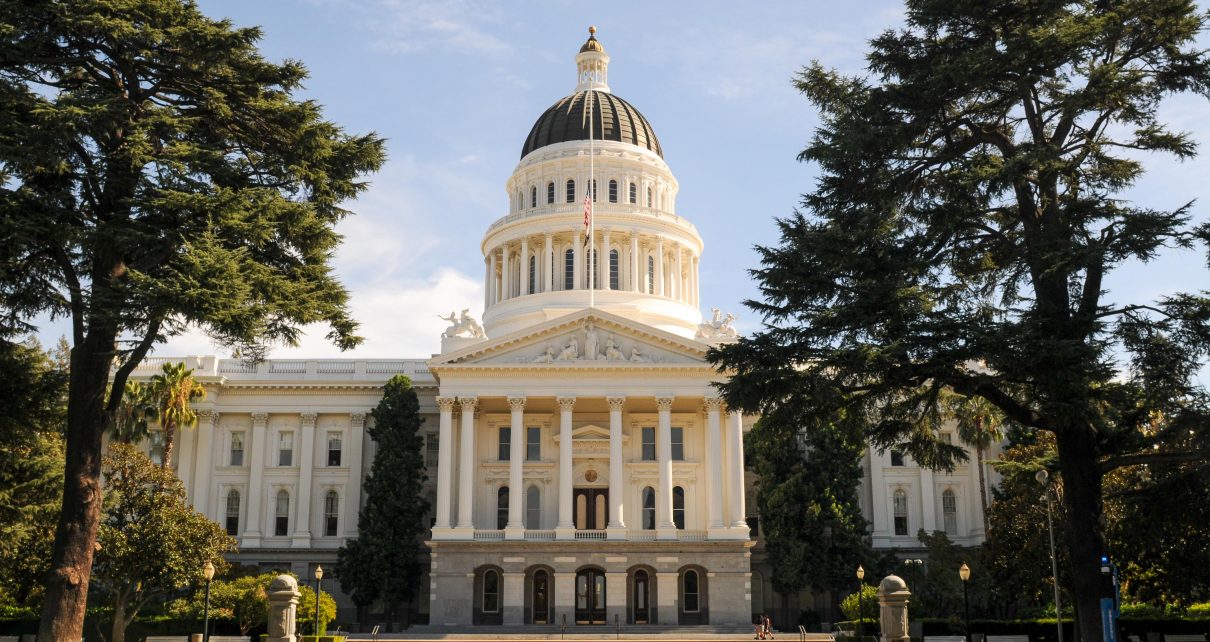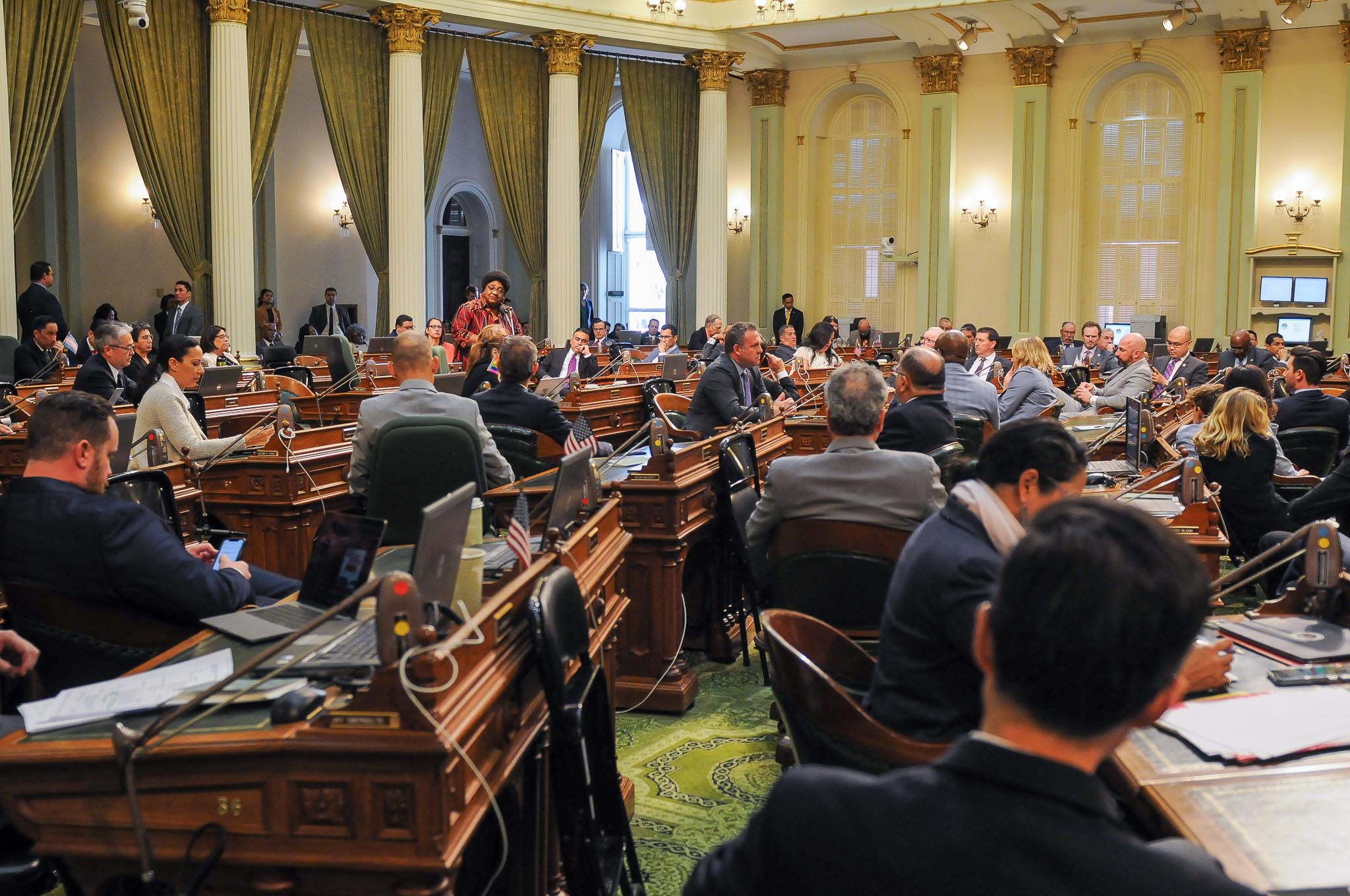
California State Capitol. (Photo: Kevin Sanders for California Globe)
Successor Agencies in California Legislation
On occasion, the Legislature closes down an executive branch entity and creates a successor entity
By Chris Micheli, April 3, 2022 8:40 am
On occasion, the Legislature closes down an executive branch entity and creates a successor entity. This necessitates several steps, beginning with dissolution of the existing entity. That is followed by the creation of the new entity which succeeds to the now dissolved entity. This may include the former entity’s power, duties, and employees. The effective date of this transition also must be referenced in the law.
The following is an example of successor entity legislation:
The State Water Resources Control Board is hereby dissolved as of January 1, 2025. On that date, the Department of Water Resources succeeds to and is vested with all of the powers, duties, purposes, responsibilities, and jurisdiction vested in the State Water Resources Control Board, or any officer or employee thereof, under existing law, including, but not limited to, those laws under which permits or licenses to appropriate water are issued, denied, or revoked, under which the functions of water pollution and quality control are exercised, and under which drinking water is regulated. Commencing January 1, 2025, any reference to the State Water Resources Control Board in law shall be deemed to be a reference to the Department of Water Resources.
In some instances, only a paragraph or two is needed for the successor entity to take control. However, sometimes more detailed language is required in the bill to address changes or limitations on powers, duties, responsibilities, etc. of the successor entity.
In 2017, the Legislature transferred most of the powers and duties of the State Board of Equalization to the California Department of Tax and Fee Administration. Rather than changing every reference in the Revenue and Taxation Code to reflect this change in authority, they added Section 20 to the Code with the following language:
(a) Except as otherwise provided in subdivisions (b) and (c), and notwithstanding any other law, “board” means the California Department of Tax and Fee Administration.
(b) Unless the context requires otherwise, as used in this code or any other code, “board,” with respect to an appeal, means the Office of Tax Appeals if the authority to handle appeals has been transferred from the State Board of Equalization to the Office of Tax Appeals pursuant to Part 9.5 (commencing with Section 15670) of Division 3 of Title 2 of the Government Code.
(c) Unless the context requires otherwise, as used in this code or any other code, “board” means the State Board of Equalization where the State Board of Equalization has retained authority pursuant to subdivision (b) or (c) of Section 15600.
(d) This section shall become operative on July 1, 2017.
There are many other instances among California’s 29 Codes in which successor entities are named and their authority and responsibility are set forth. The examples set forth above limit the amount of bill drafting that must occur and ensure that code sections that might be missed are covered by all-encompassing language.
- Frequently Asked Questions about State Agency Ethics Training - April 26, 2024
- Frequently Asked Questions about When Elected Officials Take Office - April 25, 2024
- Frequently Asked Questions About Ethics Training for Local Agencies - April 24, 2024




